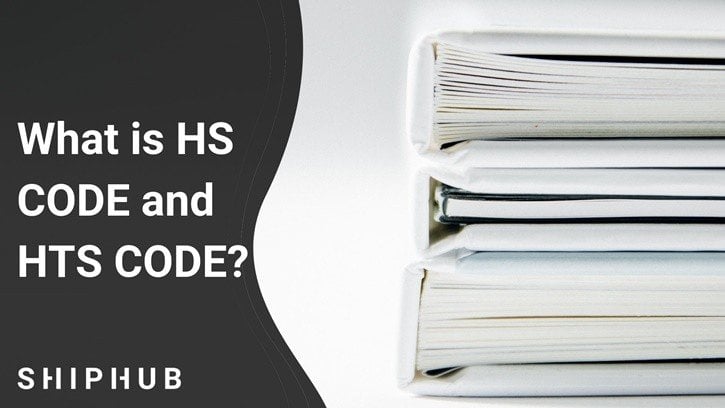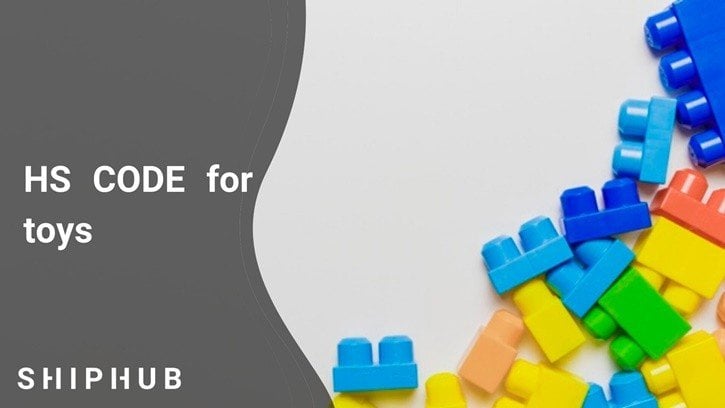Commodities in circulation are identified across different systems. A tariff nomenclature provides codes for products that have to be classified for import or export purposes. The importer must pay all duties arising from the import process. What is the customs code in the tariff nomenclature?
What is the customs code?
The customs code is a number consisting of several digits that is assigned to a category of goods. The given product is identified within the nomenclature, and an individual rate of duty applies to it.
HS code consists of six digits according to the Harmonized Commodity Description and Coding System, or Harmonized System (HS). It is the most widely used commodities classification nomenclature; it is used in around 200 countries, including China and the European Union. The system consists of 21 sections and 99 chapters. It is developed and maintained by the World Customs Organization (WCO), updated every 5-6 years, and verified annually. The next amendment will take place at the beginning of 2022. However, this does not mean that the tariffs do not change in the meantime. Changes in rates are introduced much more often than in customs codes.
As a rule, all customs codes for the same product type, regardless of the system/schedule, should share the first six digits:
- first two digits: chapter
- next two digits: heading
- last two digits: subheading.
Other tariff nomenclatures’ customs codes are derived from the HS codes, often by adding several digits. Some of the systems provide specific subheadings for a given type of product, while others do not.
How to check the customs code?
Customs codes are in the tariff systems and may vary for a given country, customs territory, or community. In a search engine, enter the keyword relating to the type of goods that interests you or use the nomenclature tree. In each product item, there is a table or list with the applicable duty rates.
Different duty rates are assigned to the customs codes. For example, if you are interested in the customs rate on goods from China that you want to import into the EU, assign the duty rate displayed in the Erga Omnes (for all countries) in the TARIC system (unless China is listed individually).
Which customs codes are applied in different countries?
Within the European Union, the Combined Nomenclature (CN) is used. The European Commission supervises it. The CN subheading has an eight-digit code number, two more digits than the HS code. To find the codes, search for a product in the TARIC system – Integrated Tariff of the European Communities.
HTS stands for Harmonized Tariff Schedule (of the United States). It determines customs duties (tariff) classifications for goods imported into the United States. HTS has over 17,000 codes, sometimes consisting of ten digits. The US International Trade Commission publishes the tariff schedule. However, apart from the electronic system, the best source of information is the US Customs and Border Protection agency.
The China Customs Commodity HS Code applies in the People’s Republic of China. Some Chinese customs codes are a thirteen-digit number.
Customs Union HS codes apply in countries like Russia, Kazakhstan, Armenia, Kyrgyzstan, and Belarus. These countries belong to the Eurasian Customs Union (EACU). The codes usually differ from European ones by the last two digits.
Countries in the Gulf Cooperation Council also have a common tariff system. The codes consist of standard six digits and two additional ones. The Gulf Cooperation Council’s member states are Saudi Arabia, Kuwait, Bahrain, Oman, Qatar, and the United Arab Emirates.
Australia has customs codes consisting of up to ten digits – the last two were added for statistical purposes.
Examples of customs codes
Below we present examples of customs codes used in various tariff systems.
Chess:
- TARIC: 9504 90 80 00
- HTS: 9504 90 60 00
- CCC: 9504 90 30 00 99 9
Umbrella frames:
- TARIC: 6603 20 00 00
- HTS: 6603 20 30 00
- CCC: 6603 20 00 00
Backpacks of sheeting of plastics/man-made fibers:
- TARIC: 4202 92 11 00
- HTS: 4202 92 31 20
- CCC: 4202 92 00 00 10 2
Roasted coffee, not decaffeinated:
- TARIC: 0901 21 00 00
- HTS: 0901 21 00 45
- CCC: 0901 21 00 00 99 9
Printed encyclopedias:
- TARIC: 4901 91 00 00
- HTS: 4901 91 00 40
- CCC: 4901 91 00 00 2
Similarly, different types of goods may be listed under the same code, e.g. 1704 90 10 00
- TARIC: Liquorice extract
- HTS: Candied nuts
- CCC: none
What if the assigned customs code is incorrect?
It does not matter whether you import or export; you must ensure that the code appropriate for the product in your country is used for customs clearance. If, for example, you import to France from China, check the customs code provided by your supplier – it may not be correct for the destination country. The customs codes in the tariffs mentioned: TARIC, HTS, or CCC differ from each other. A common importers’ mistake is to assign the customs code provided by the supplier without verification. As a consequence, the importer is charged with the incorrect duty amount. In this case, the importer should report it to the customs.
If your shipment arrives at the border with the wrong code assigned, you may, for example, face non-compliance penalties. Incorrectly classified products may mean paying the wrong amount of import and customs duties. That could lead to accumulated interest and an exorbitant sum overall. However, if the duty is overpaid, i.e. the importer was overcharged, they can apply for repayment or remission of import duties.





